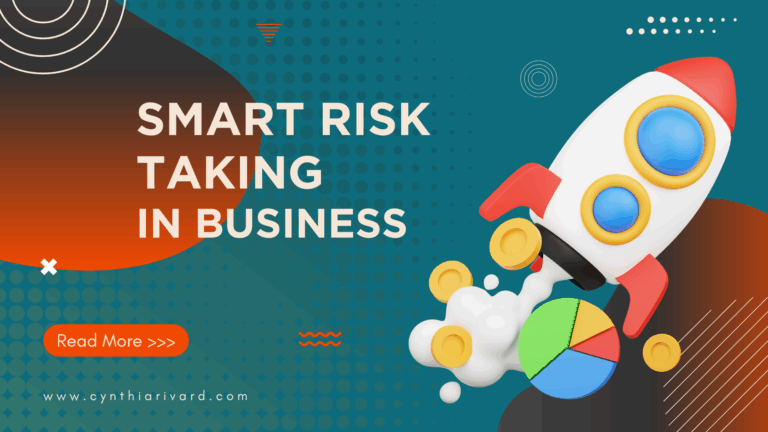
Business risk is a common denominator of every thriving business. All of them had to take a risk to get started. Whether it was launching a new product, hiring the first employee, or opening its doors to the world, business risk is always part of the journey. But not all risks are created equal; and some can catapult your business forward, while others can sink your resources and morale.
In this article, you will learn valuable tips on how to differentiate between gambles versus strategic decisions. Smart risk taking is a combination of art and science, and a key skill that is worthwhile for every business operator to develop.
What Is Business Risk?
Business risk is considered to be any decision or initiative where the outcome is uncertain. This covers a lot of territory in business, doesn’t it? It could be launching a new service, entering a new market, investing in new technology, or even changing your business model. The common thread is that the results are not guaranteed because it is something you have not tried and tested yet.
Why Smart Business Risks Are Necessary
Avoiding risk altogether is not an option for entrepreneurs and business leaders. The very nature of growth demands risk, but we know that taking uninformed or emotionally driven risks can lead to spectacular failure. Smart risk taking means doing your homework and ensuring the potential benefits outweigh the potential downsides.
You will want to ask yourself:
-
Have I thoroughly researched this idea?
-
Do I understand the possible outcomes, both good and bad?
-
Do I have a contingency plan if things do not go as desired?
Risk does not go away with research, but what you do eliminate is the regret and second-guessing. When you have done your due diligence, you can move forward confidently… even if the outcomes are uncertain.
How to Take a Smart Risk
-
Start With Research
Understand your market, competition, and potential demand. Look at past trends and comparable ventures to make an informed estimate of success. -
Check-in With Your Intuition
There are often additional variables that your subconscious is aware of and it can offer an additional resource in your decision making. Especially when the data does not point you in a definitive direction. It will pay to trust your gut. -
Create a Vision and Define Success
You will want to decide on benchmarks and what success will look like for you. Define it clearly. Know how long you’re willing to commit before pivoting or walking away. This prevents emotional decision-making when you are committed and embroiled in your project. -
Anticipate Failure and Plan for It
Smart leaders know that many new initiatives do not succeed the first time they are tried. In many instances, you will be well served to prepare emotionally and financially to try more than once. -
Boost Your Odds
Think through what could go wrong and how you can prevent it. Explore how to maximize your resources, and what support or training might be necessary to ensure execution excellence.
Involve Your Team in the Risk Journey
Do not go it alone. Your team needs to be on board, especially when the stakes are high. Here’s how:
-
Communicate clearly why this is a smart risk.
-
Share timelines and expectations so they are not caught off guard.
-
Invite their input early to foster buy-in and innovation.
-
Celebrate small wins along the way to boost morale and lower anxiety.
When your team feels ownership in the outcome, they are more motivated and resourceful. And when things do go sideways (as they often do), they will be more likely to be resilient and help you brainstorm solutions.
Keep Your Eye on Your Vision
Once the new project or idea is underway, do not get too attached to the process. Stay committed to the outcome, not the method. Regularly review progress, look for what’s working, and tweak what is not.
And always remind yourself why you took the risk in the first place. Keeping that long-term goal in focus can help you stay flexible and persistent through all of the unexpected challenges that you will come up against.
Business risk is a standard mode of operating for successful businesses; but in order to maintain business health, it must be entered into with strategy and clear expectations and benchmarks. The most successful business leaders know how to weigh uncertainty with vision, leverage their intuition and take bold action when the time and circumstances seem right